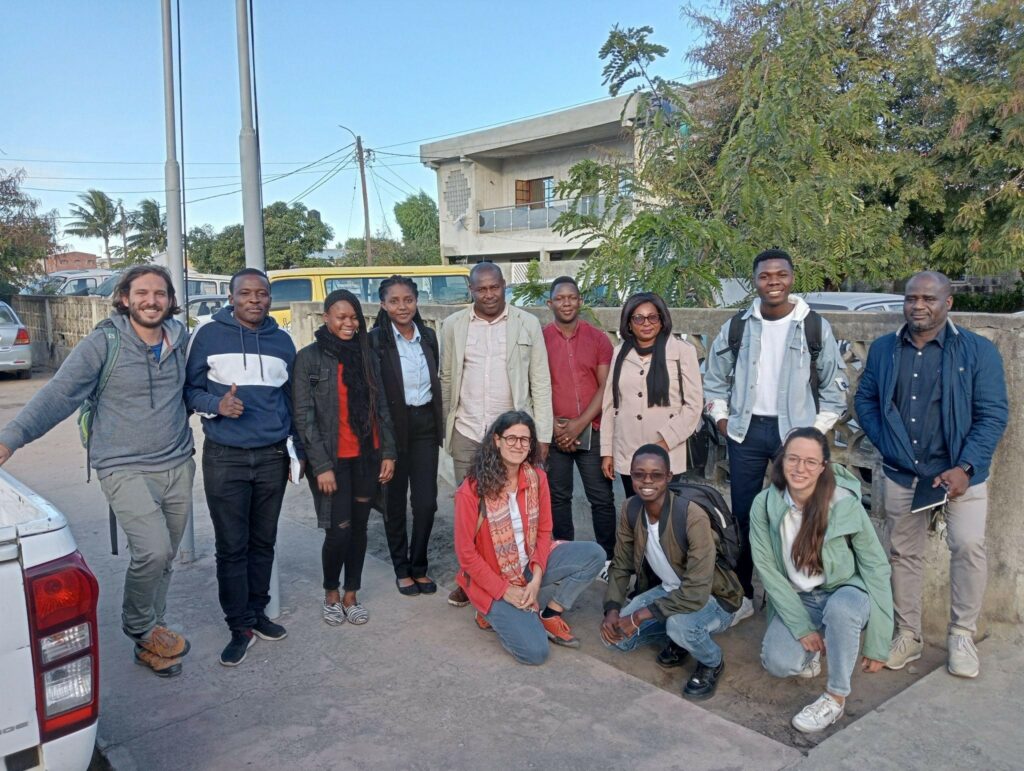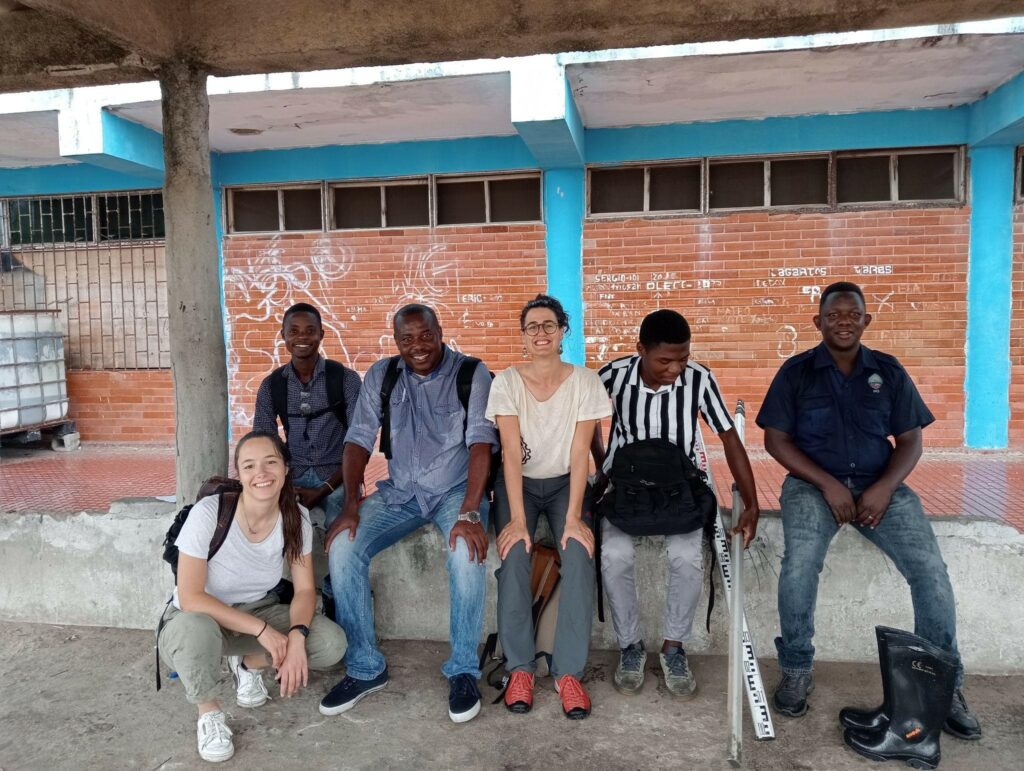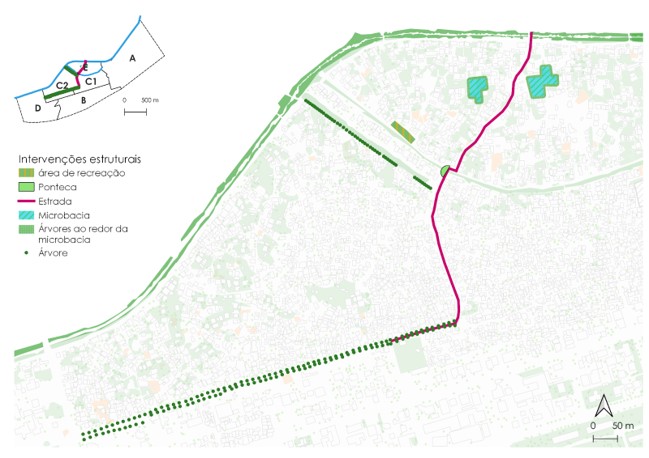The adoption of an urban development plan for Macuti and the implementation of integrated urban regeneration works and services in the neighbourhood is one of the pillars of MUDAR. On 24 August, a preliminary draft plan was signed by representatives of MUDAR and the accompanying municipal and local committees. This document is the product of a participatory process that from an initial data collection phase led to the definition of possible solutions for the mitigation of the neighbourhood’s priority issues.
The integrated project is framed and implemented on two hierarchically complementary spatial scales: the neighbourhood and the local scale. The preliminary neighbourhood level was developed to establish the key principles of the interventions and harmonise them within a unified vision for the entire unplanned area of Macuti, i.e. the area that has recently developed without urban regulation. This aims to ensure the coherence of the solutions that will be implemented at a smaller scale with the overall objective and approach of MUDAR, aimed at ‘promoting integrated urban development’.
The interventions at local scale are therefore designed to reflect the general principles of the neighbourhood scale project and can be divided into structural and environmental service interventions. The structural interventions include:
- the upgrading of the main road that crosses the most densely built-up, and therefore inaccessible, area of Macuti,
- the realisation of drainage works through green infrastructure,
- the creation of a recreational area for children and young people, with the dual purpose of obtaining a community space and removing the small unused area left to uncontrolled building,
- the greening of the neighbourhood through the planting of trees.
As far as environmental services are concerned, these will include the strengthening of waste collection within the Macuti spontaneous area, which is also possible thanks to the creation of a partnership between public and private entities, and a substantial awareness-raising campaign through the involvement of an accompanying committee of young people, spokespersons for the cultural associations of Macuti.
The pilot project is therefore to be understood as a key module that fits into a broader vision encompassing the entire neighbourhood of Macuti, and that, due to its reproducibility, can be replicated in other strategic areas of the neighbourhood or the city of Beira.
The technical team, composed of engineers and technicians from the University of Trento, CAM and the Beira Municipality, took up challenges and suggestions from the population and other local constituencies during meetings, which were held every two and three weeks from May to August. On these occasions, for each of the issues addressed by the pilot project, the information gathered in the characterisation phase was validated. Moreover, solutions were proposed to mitigate the main problems. This mode of co-design that combined technical expertise with a strong social and human component proved to be essential in addressing the many challenges posed by the project so far.







